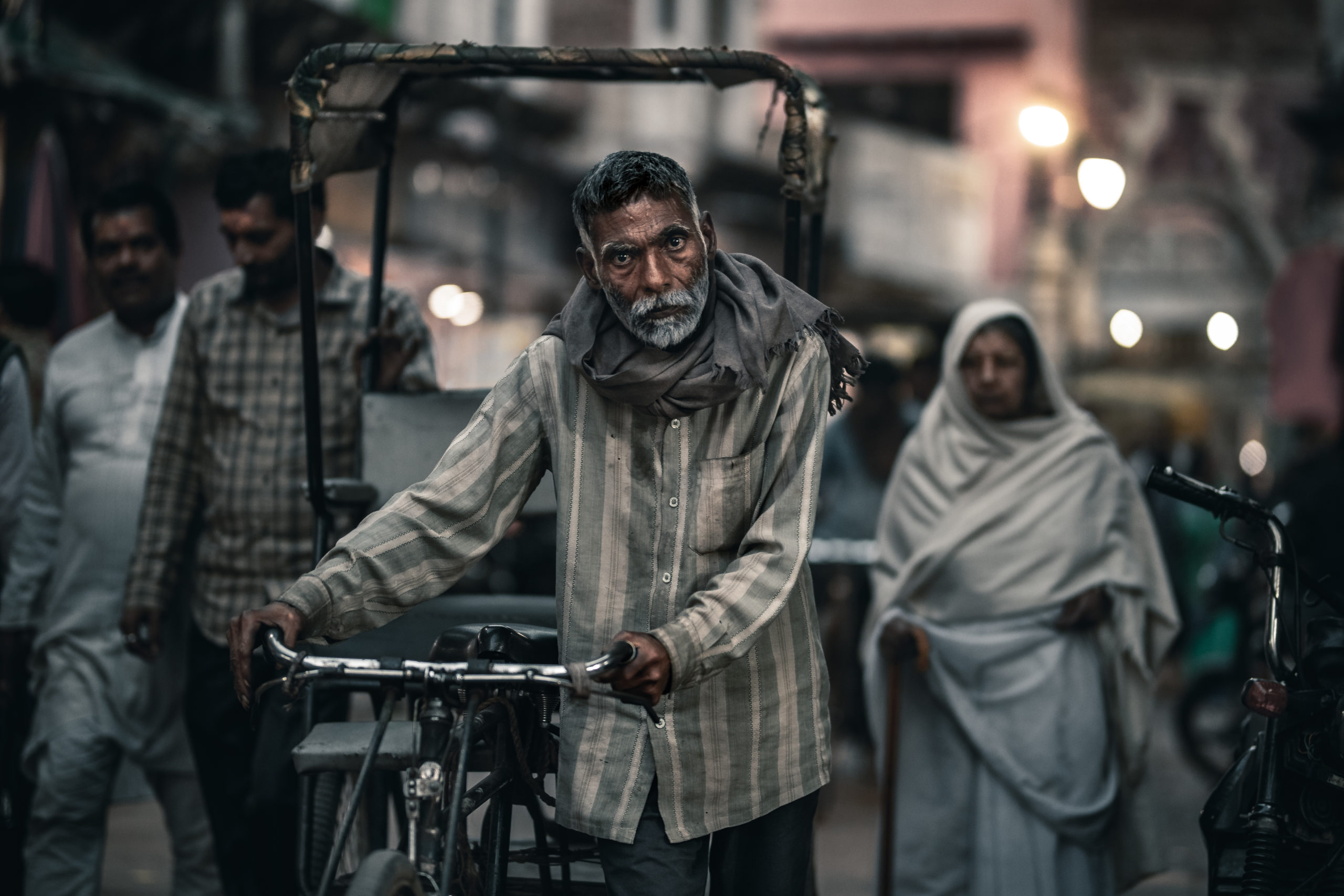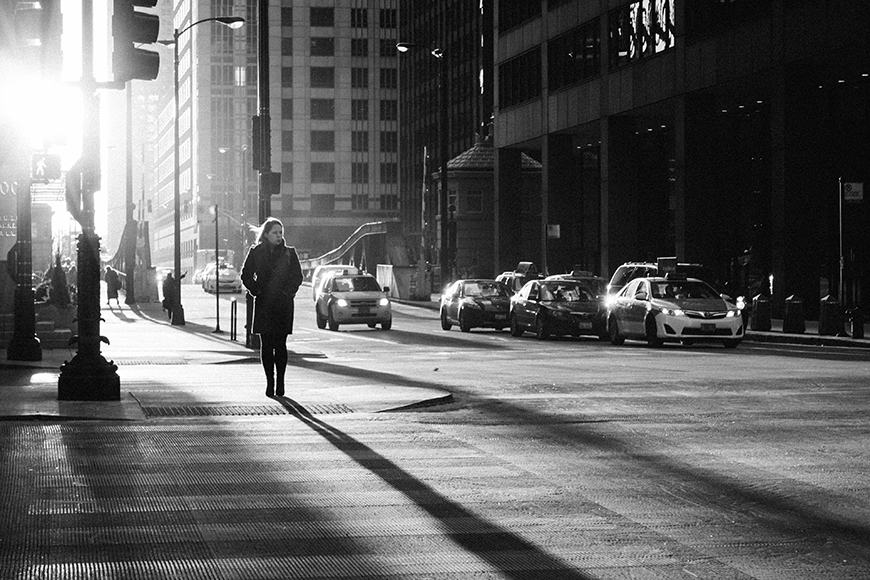An Unbiased View of Street Photographers
Table of ContentsGetting The Street Photographers To WorkGetting My Street Photographers To WorkStreet Photographers for BeginnersEverything about Street PhotographersNot known Details About Street Photographers
Road professional photographers do not always have a social purpose in mind, however they like to isolate and record moments which could or else go undetected.He was affected by many of those that affected the street photographers of the 1950s and '60s, he was not mainly interested in capturing the spirit of the street., that worked side by side with photographers attempting to capture the significance of urban life.
As a result of the comparatively primitive modern technology offered to him and the lengthy direct exposure time required, he struggled to record the hustle and bustle of the Paris streets. He explored with a collection of photographic techniques, trying to locate one that would allow him to catch movement without a blur, and he found some success with the calotype, patented in 1841 by William Henry Fox Talbot. While the photographers' topic was essentially the very same, the outcomes were noticeably different, showing the impact of the photographer's intent on the personality of the photos he generated.
Given the fine top quality of his pictures and the breadth of product, architects and artists typically got Atget's prints to utilize as recommendation for their own work, though business interests were barely his main inspiration. Instead, he was driven to photograph every last remnant of the Paris he loved. The mingled enthusiasm and seriousness of his objective sparkle through, causing pictures that tell his very own experience of the city, high qualities that anticipated street photography of the 20th century.
Some Known Details About Street Photographers
They disclose the city via his eyes. His job and basic understanding of photography as an art form acted as ideas to generations of digital photographers that complied with. The future generation of street digital photographers, though they likely did not describe themselves thus, was ushered in by the photojournalism of Hungarian-born photographer Andr Kertsz.
Unlike his peers, Brassa utilized a larger-format Voigtlnder camera with a longer direct exposure time, compeling him to be much more computed and thoughtful in his technique than he could have been if making use of a Leica.
Cartier-Bresson was a champion of the Leica cam and one of the very first professional photographers to optimize its capacities. The Leica permitted the photographer to communicate with the surroundings and to capture moments as they happened. Its reasonably little dimension also aided the professional photographer discolor into the history, which was Cartier-Bresson's preferred approach.
The 5-Minute Rule for Street Photographers
It is due to this basic understanding of the art of image taking that he is commonly credited with rediscovering the medium throughout once again about a century given that its development. He took pictures for greater than a half century and affected generations of digital photographers to trust their eye and instinct in the moment.
These are the questions I will attempt to answer: And afterwards I'll leave you with my own interpretation of road digital photography. Yes, we do. Let's kick off with specifying what a meaning is: According to (Street Photographers) it is: "The act of defining, or of making something definite, distinctive, or clear"
No, absolutely not. The term is both restricting and deceiving. Seems like a road digital photography should be images of a roads best?! And all street professional photographers, with the exception of a handful of absolute novices, will completely appreciate that a street is not the vital element to street photography, and in fact if it's an image of a road with possibly a couple of dull people not doing anything of interest, click to read that's not road digital photography that's a picture of a road.
A Biased View of Street Photographers
He makes a valid point do not you believe? However, while I concur with him I'm not exactly sure "candid public photography" will certainly catch on (although I do type of like the term "honest photography") due to the fact that "street photography" has been around for a very long time, with several masters' names affixed to it, so I believe the term is here to stay.
Inside?! I hear you scream as you shake your hand to the sky. Why not? You can shoot at the beach, at a festival, in an alley, in a great site park, in Read Full Report a piazza, in a cafe, at a gallery or art gallery, in a metro station, at an occasion, on a bridge, under a bridge ...

The smart Trick of Street Photographers That Nobody is Talking About
